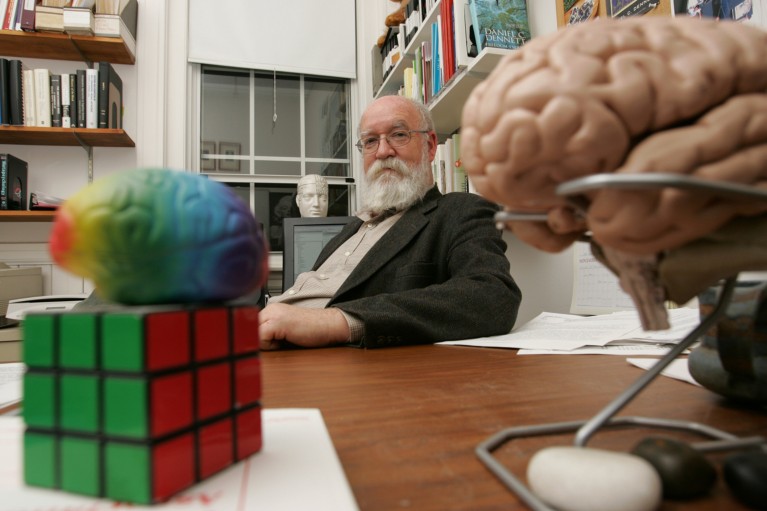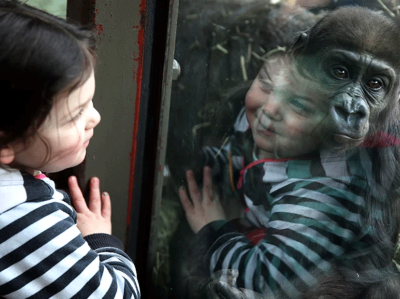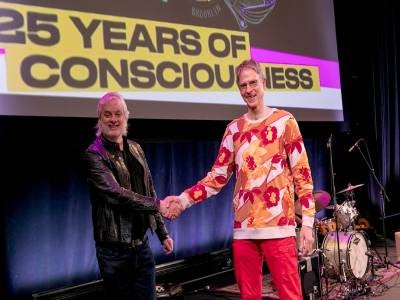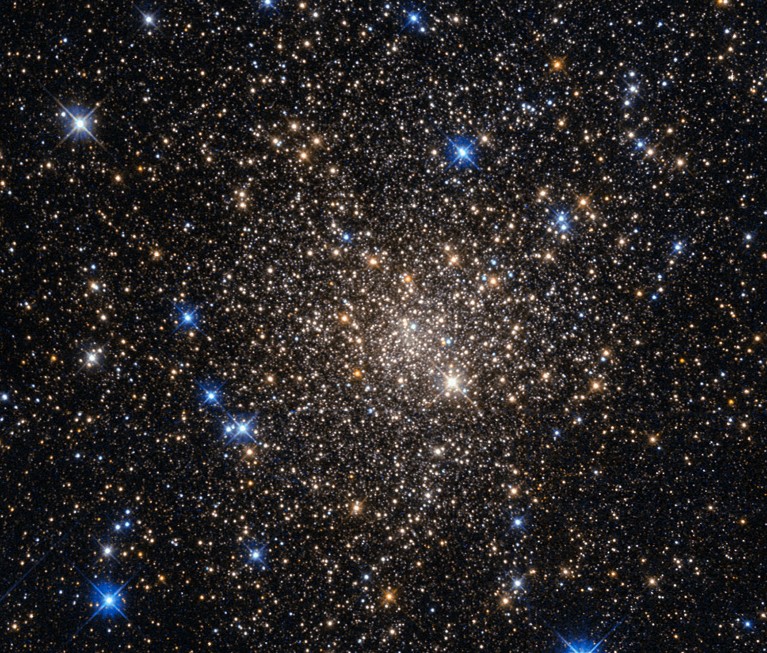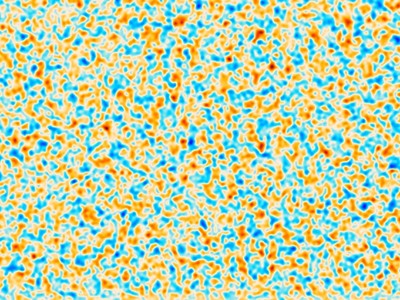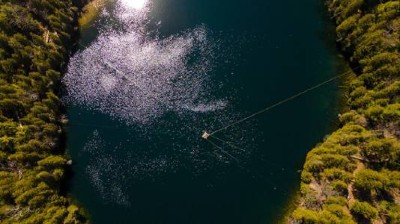[ad_1]

¿qué es esto? ¿Una decisión política bipartidista de Elon Musk?
El propietario de X, la plataforma de redes sociales anteriormente conocida como Twitter, ha estado comentando cada vez más temas políticos en los últimos años. Fortalecer Personas influyentes en línea de extrema derecha y Difundiendo conspiraciones de extrema derecha. Musk también cambió las políticas con respecto a X para que sean más… Reunió A esas figuras de derecha. Como resultado, el propio Musk se ha convertido en una figura controvertida en la política, generando la condena de grupos de derechos civiles.
Sin embargo, el lunes por la noche Musk tomó una rara decisión política popular: X permitirá una transmisión en vivo del debate presidencial del jueves entre Joe Biden y Donald Trump. Según Musk, su empresa no eliminaría los comentarios que transmitieran el debate si CNN hiciera tal solicitud.
“El público tiene derecho a ver los debates presidenciales como quiera”, dijo Musk. dijo en respuesta Al YouTuber de derecha Tim Paul. “La DMCA no se aplica”.
Es posible que el tweet haya sido eliminado.
Reglas para transmitir el debate presidencial en CNN
CNN organizará un debate el próximo jueves, el primero de los dos únicos programados para las elecciones presidenciales estadounidenses de 2024. Como resultado, la cadena de noticias por cable posee los derechos para transmitir el debate entre Biden y Trump.
tiene cnn Derechos concedidos A otras cadenas como ABC News, CBS, Fox News y PBS para que también transmitan el debate en vivo en sus respectivos canales.
Velocidad de la luz triturable
Hay algunos Reglas y requisitos CNN colocó esas redes, como que apareciera la insignia de CNN durante toda la transmisión, a cambio de poder transmitir el debate. Sin embargo, la solicitud más importante de CNN que afectaría los comentarios del debate en vivo es la regla de que no se agreguen comentarios adicionales antes o después del debate. Otras cadenas no pueden agregar comentarios durante el debate ni interrumpir o reemplazar a los presentadores de CNN durante la transmisión.
Sin embargo, CNN aclaró recientemente que ver la transmisión del debate no está disponible para los usuarios de transmisiones en vivo en línea. Y en un correo electrónico abonado CNN dijo que “no proporciona transmisión a otros canales de YouTube”.
Pero, aparentemente, CNN puede tener problemas para hacer cumplir sus reglas en el programa X de Elon Musk. El YouTuber de derecha Tim Paul preguntó a Musk si los “comentarios en vivo y programas de verificación de datos” de CNN serían “eliminados si CNN presenta una DMCA”. Fue entonces cuando Musk respondió, diciendo que la DMCA no se aplicaría.
La DMCA se refiere a la Ley de Derechos de Autor del Milenio Digital de 1998, que cubre los derechos de autor en Internet. Los titulares de derechos suelen presentar solicitudes de DMCA a través de plataformas en línea para eliminar material protegido por derechos de autor cuando los usuarios de la plataforma publican material protegido por derechos de autor.
Los YouTubers políticos y los streamers de Twitch son muy personas familiar Con presuntos titulares de derechos de autor peleando por el contenido de sus comentarios. La sabiduría convencional sostiene que gran parte de lo que estos creadores publican se considera uso legítimo, lo que permite que el material protegido por derechos de autor se utilice con fines educativos, comentarios, críticas o en casos de uso transformador. Sin embargo, las grandes empresas suelen presentar reclamaciones de derechos de autor contra materiales de uso legítimo y las plataformas en línea las respetan.
La posición de Musk, especialmente cuando se trata de un evento tan importante para el público votante como un debate presidencial, es una decisión poco común por parte del propietario de Los transmisores en vivo de cualquier origen político podrán transmitir de forma segura comentarios durante el debate presidencial en vivo que podrían eliminarse fácilmente en cualquier otra plataforma en línea.
Será interesante ver si CNN intensificará las cosas y demandará a Musk y su compañía si X realmente se niega a eliminar las transmisiones del debate presidencial luego de solicitudes de eliminación de la red de noticias por satélite.
[ad_2]
Source Article Link







